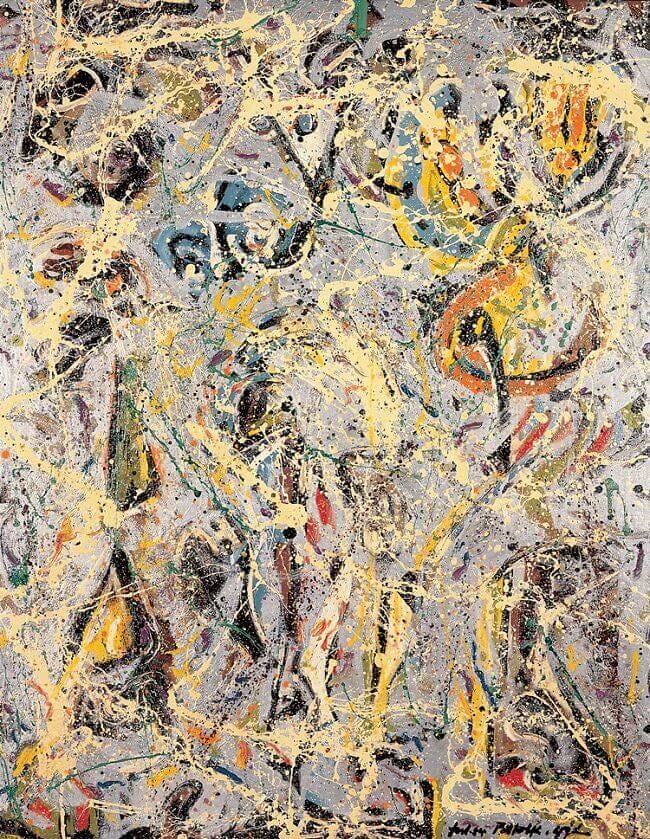The Freud/Jung Letters: The Correspondence between Sigmund Freud and C. G. Jung
One repays a teacher badly if one remains only a pupil. And why, then, should you not pluck at my laurels? You respect me; but how if one day your respect should tumble? Take care that a falling statue does not strike you dead! You had not yet sought yourselves when you found me. Thus do all believers — Now I bid you lose me and find yourselves; and only when you have all denied me will I return to you.
Nietzsche from Zarathustra
“Let Zarathustra speak for me,” wrote Carl Jung to Sigmund Freud, quoting Nietzsche, on March 1912.
Freud and Jung began corresponding n April 1906. Carl Jung was a 31-year-old psychiatrist at the Burghölzli Mental Hospital in Zurich, where he was the first to apply psychoanalytic ideas to the study of schizophrenia. To his eyes, the 50 years old Freud was not only an esteemed colleague, established in his field, a friend with whom he could identify on a deeply psychological level.
They met for the first time in Vienna on March 1907 and according to Jung they “talked uninterruptedly for thirteen hours.” For Jung, this “was an event of the first importance.” The bond between the two men was deep. Freud saw in Jung a successor who might lead the psychoanalytic movement into the future. Jung moved even further. At some point he wrote to Freud: ‘Let me enjoy your friendship not as one between equals but as that of father and son,’ a weird thing to say to any friend but especially to the originator of the Oedipus Complex, the idea that at some unconscious level, male children have strong sexual desires towards their mothers and savage resentment towards their fathers.
Not long after that all begun to unravel. Not only because of their strange relationship, but mainly because of their differences and intellectual disagreements. For Freud everything was about sex, the libido and its repression. Jung disagreed. Sex is important, he argued, but to address the challenges of the psyche, therapists should look beyond the surface expressions of sexual difficulties.
But it was Jung’s ideas on myth and religion that created a big chasm between the two men. Jung believed there was a sort of collective unconscious that underlay the whole of human experience. He became interested in mysticism and alchemy as a symbolic representation of the shelf. Interesting stuff, but not very scientific, and Freud had no time for the paranormal. Finally, with a letter on 3 January 1913, Freud ended the relationship.
“It is a convention among us analysts that none of us need feel ashamed of his own bit of neurosis. But one who while behaving abnormally keeps shouting that he is normal gives ground to the suspicion that he lacks insight into his illness. Accordingly, I propose that we abandon our personal relations entirely. I shall lose nothing by it, for my only emotional tie with you has long been a thin thread- the lingering effect of past disappointments-and you have everything to gain, in view of the remark you recently made in Munich, to the effect that an intimate relationship with a man inhibited your scientific freedom. I therefore say, take your full freedom and spare me you supposed ‘tokens of friendship’.”
Freud letter to Jung, 3 January 1913.
The Freud-Jung split has been usually regarded as a tragedy. “But it is possible,” argues Alan McGlashan, “to see it as a painful but highly fortunate event.” It was precisely this breaking the gave room for the eventual full flowering of personality and achievement in both men. By the 1950s, the topic of the unconscious, discussed by Jung, was prevalent in artistic circles in the United States, from writers to artists. Jackson Pollock and Mark Rothko displayed a significant amount of influence from Jungian psychology in their works. Through their abstract expressionist paintings, these two artists explored the unconscious mind.

As for Freud, his work and writing proliferated. He insisted that conscious life is only the top of the iceberg. The unconscious, which is the bulk of the iceberg that lies unseen beneath the waterline. He told us that we have two opposing forces working within our psyche; sex (eros) and death (Thanatos) that drive and govern our behaviour and he explained that parental relationships are more complicated than they seem. But most importantly, he gave us psychoanalysis.
The Freud/Jung Letters: The Correspondence between Sigmund Freud and C. G. Jung is a book edited by William McGuire and first published by Princeton University Press in 1974. It compiles the 360 letters that Sigmund Freud and Carl Jung wrote to each other from 1906 until their break in 1914. This edition was published by Penguin, 1991.

